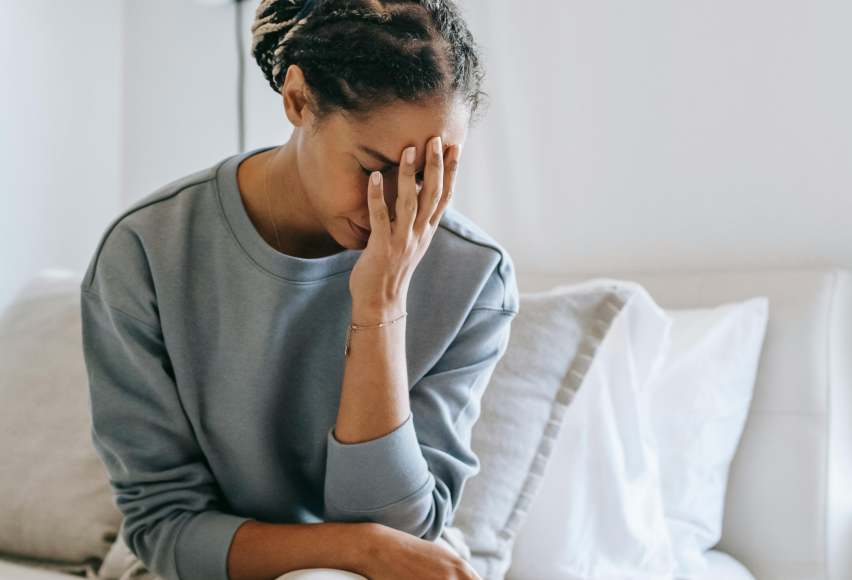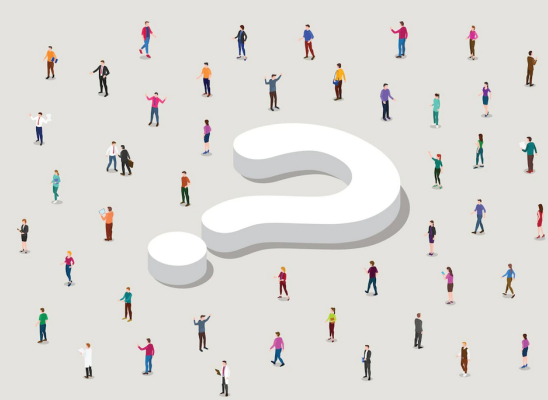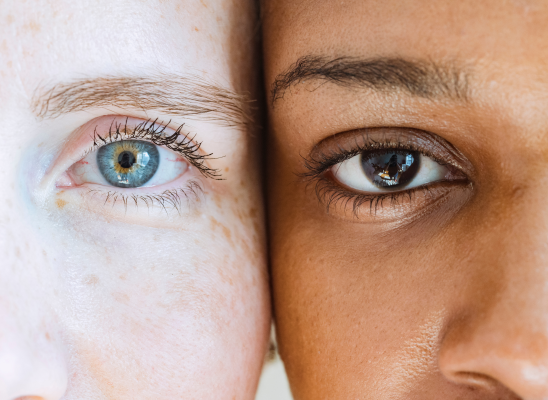Debunking the Myth of Constant Distress

Online test
Find out the severity of your symptoms with this free online test
My trich doesn’t look like that. Do I really have trich?
If you've ever questioned your trichotillomania diagnosis because your pulling patterns don't match what you think they "should" look like, you're not alone. One of the most persistent misconceptions about trichotillomania, commonly referred to as “trich” or hair pulling, is that it only occurs during times of high stress or emotional turmoil and that there’s a “type”. The reality is that trich is far more complex and variable.
The Myth of Constant Distress
Many people believe that hair pulling is solely a response to negative emotions and a coping mechanism triggered exclusively by stress, sadness, or anxiety. This oversimplified view has led people living with trich to question and even discount their diagnosis. After all, their experience doesn’t fit the mold.
The fact is, trich is a highly heterogenous disorder. Research and anecdotal evidence have found that it exists on a spectrum, with triggers and patterns that are as unique as the people who experience them. In other words, you can still have trich and experience it differently than someone else with the same diagnosis.
Despite this recognition that trich can occur across various emotional states, the myth of constant distress persists. This misconception can be particularly harmful because it invalidates individual experiences and may prevent them from seeking help in managing their condition.
Understanding the Full Spectrum of Triggers
Much has been written about the role of high distress and emotional dysregulation in triggering hair pulling. And while they can and do play a significant role, research and lived experiences suggest that there’s more to the story. Triggers to hair pulling extend far beyond just emotional distress. Hair pulling can also be prompted by:
- Sensory-Seeking – Both research and anecdotal evidence suggests that many people pull not from emotional distress as much as to satisfy a sensory need. The tactile sensations such as rolling the hair between their fingers or finding hairs with a particular texture can be highly satisfying. Some research has found that people with trich may have different sensory pathways than people without trich.
- Boredom and Understimulation – Boredom is a commonly reported trigger to pulling which often occurs during mundane activities like watching tv or sitting in a long meeting. Research on boredom suggests that the brain seeks stimulation and something to focus on. In this scenario, hair pulling may have less to do with distress and everything to do with fidgeting or finding something to focus on.
- Habit and Automaticity – While trich is more than just a “bad habit”, it is a behavior that can become so ingrained that it occurs without conscious awareness. This automatic, trance-like pulling can happen during any emotional state, even times when you feel otherwise happy and content.
- Positive Emotional States - Contrary to popular belief, you don’t have to be stressed out or upset to pull. Hair pulling can occur when you’re experiencing positive emotions too. Some people pull when they’re happy or excited. Others do it when they’re feeling relaxed or content.
The bottom line is that your pattern of hair pulling is valid regardless of when, why, or how it manifests. Perhaps you pull more when you're relaxed and watching TV. Maybe your pulling increases during exciting times or when you're deeply focused on a project you love. Some people find their pulling patterns shift based on seasons, life transitions, or completely unpredictable factors.
These variations don't make your experience less real or significant. They reflect the complex, individualized nature of trich and shine a spotlight on why personalized understanding and treatment approaches are so important.
Moving Forward
Recognizing that trich doesn’t require you to be in constant distress can be liberating. When you're not busy questioning or defending the legitimacy of your condition, you can focus your energy on understanding your unique patterns, developing effective management strategies, and building a compassionate relationship with yourself.
Remember, trich is not a reflection of your inability to cope with life or a sign that you're perpetually distressed. It's a complex condition that can coexist with joy, success, and overall well-being. Embracing this reality is an important step forward in your healing journey.
If you’re ready to find ways of managing your trich that fit your unique needs, there is help. At Trichstop, we have a team of experienced therapists ready to help you understand your trich and find the healthy coping strategies that are right for you. And, with online therapy, you can see your therapist when and how it works best for you. Our therapists are here when you are ready.
References
3. Falkenstein, M. J., Conelea, C. A., Garner, L. E., & Haaga, D. A. (2018). Sensory over-responsivity in trichotillomania (hair-pulling disorder). Psychiatry Research, 260, 207-218. https://www.sciencedirect.com/science/article/abs/pii/S0165178116322041?via%3Dihub
4. Nederkoorn, C., Vancleef, L., Wilkenhöner, A., Claes, L., & Havermans, R. C. (2016). elf-inflicted pain out of boredom. Psychiatry research, 237, 127–132. https://pubmed.ncbi.nlm.nih.gov/26847946/
5. https://youtu.be/As8DrgHPqP4?si=ibrvPj5fUTMtMigs
6. Sinha P, Bakhla AK, Patnaik AK, Chaudhury S. Seasonal obsessive-compulsive disorder. Ind Psychiatry J. 2014 Jul-Dec;23(2):160-2. https://pmc.ncbi.nlm.nih.gov/articles/PMC4361980/
Online test
Find out the severity of your symptoms with this free online test
Start your journey with TrichStop
Take control of your life and find freedom from hair pulling through professional therapy and evidence-based behavioral techniques.
Start Now



